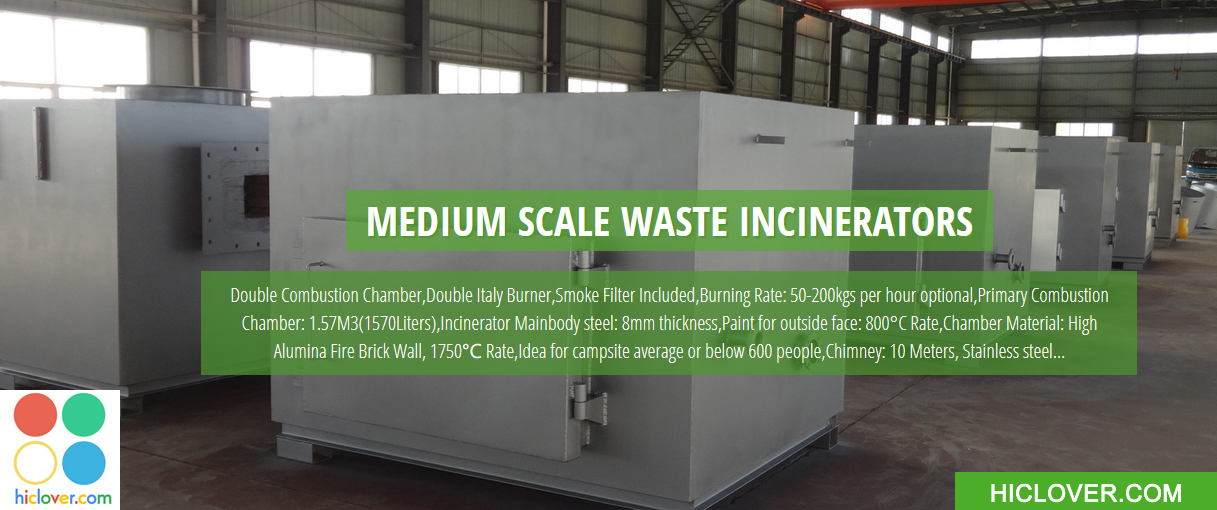Incinerators are an essential part of waste management systems around the world. These facilities are designed to safely and efficiently dispose of various types of waste, including municipal solid waste, medical waste, and hazardous waste. While some people may have concerns about the environmental and health impacts of incinerators, modern facilities are equipped with advanced technologies to mitigate these concerns and ensure safe operation.
Incinerators work by burning waste materials at extremely high temperatures, typically ranging from 800 to 1,800 degrees Fahrenheit. This process is known as combustion, and it is designed to convert the solid waste into ash, flue gas, and heat energy. The heat energy generated during combustion can be harnessed to produce electricity, making incineration a viable method for waste-to-energy conversion.
To understand how incinerators work, it is important to consider the key components and processes involved in their operation. Here’s a closer look at the essential elements of an incinerator:
1. Waste Handling: The first step in the incineration process involves the handling and preparation of waste materials for combustion. Waste is delivered to the facility and sorted to remove any recyclable materials or hazardous substances. Once the waste has been prepared, it is fed into the incinerator’s primary combustion chamber.
2. Primary Combustion: Inside the primary combustion chamber, the waste is subjected to high temperatures, causing it to burn and break down into ash, gases, and heat. This process is carefully controlled to ensure that the waste is fully combusted and that emissions are minimized.
3. Energy Recovery: The heat energy generated during combustion is recovered using a boiler system, which converts the heat into steam. The steam can then be used to drive a turbine generator, producing electricity that can be used to power homes, businesses, and other facilities.
4. Air Pollution Control: To minimize the environmental impacts of incineration, modern facilities are equipped with sophisticated air pollution control systems. These systems, which may include scrubbers, electrostatic precipitators, and fabric filters, are designed to capture and remove harmful pollutants, such as particulate matter, heavy metals, and organic compounds, from the flue gas before it is released into the atmosphere.
5. Ash Handling and Disposal: The solid residues that remain after combustion, known as ash, are carefully collected, treated, and disposed of in compliance with environmental regulations. Depending on the type of waste being incinerated, the ash may be classified as hazardous or non-hazardous and must be managed accordingly.
It is important to note that the design and operation of incinerators are highly regulated to ensure that emissions are kept within acceptable limits and that public health and the environment are protected. Regulatory agencies such as the Environmental Protection Agency (EPA) in the United States and the European Union’s Industrial Emissions Directive (IED) set stringent standards for emissions control, waste handling, and operational practices.
In conclusion, incinerators play a crucial role in the safe and responsible disposal of waste, particularly in urban areas where landfills may be limited in capacity. By harnessing the heat energy generated during combustion and implementing advanced pollution control technologies, modern incinerators are able to convert waste into useful energy while minimizing environmental impacts. With ongoing technological advancements and stringent regulatory oversight, incinerators continue to be an important tool in the sustainable management of waste.



